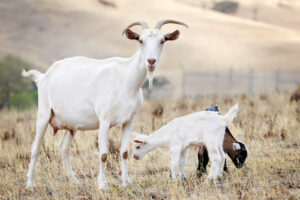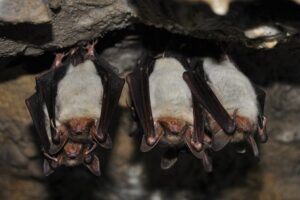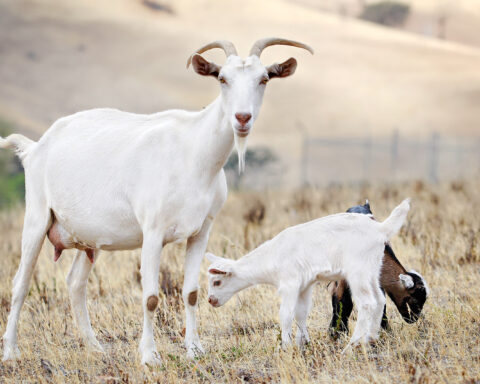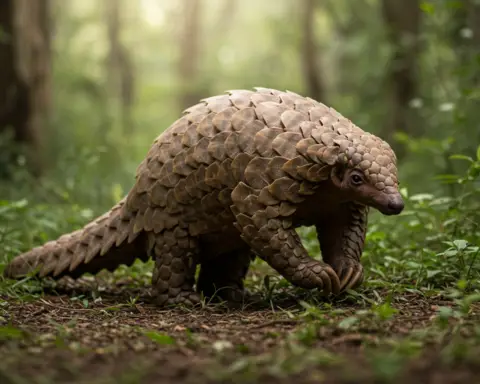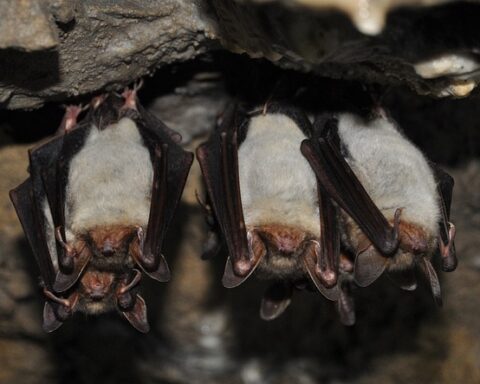The scientific name of a walrus is Odobenus rosmarus in which the word ‘Odobenus’ is derived from a Greek word Odous (tooth). The binomial name of a walrus means tooth-walking sea horse. Walruses have unusually long protruding teeth called tusks.
Why Do Walruses have Tusks?
Elephants and woolly mammoths are probably the only other animals which share the same characteristics. The walrus’ tusks grow 3 feet in length and they continue to grow throughout their lives. Now here is the million-dollar question! What do walruses use their tusks for?
Read More: Do Polar Bears Eat Walruses?
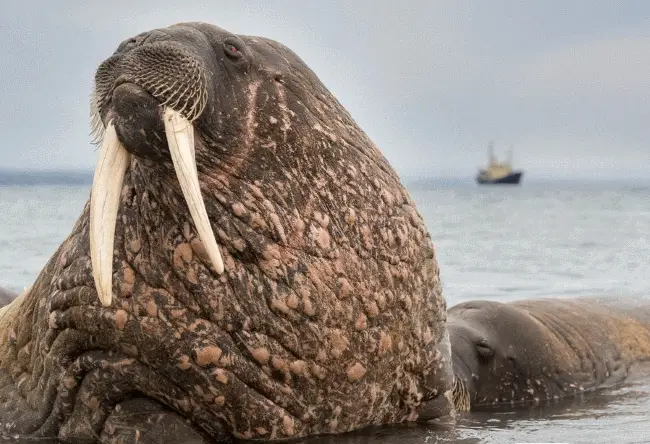
Walruses’ tusks serve a good many number of purposes. For instance, walrus fights each other using their tusks; they actively defend against potential predators; sometimes they can even injure the polar bears with their tusks. Walrus’ tusks are also quite effective in digging ice holes.
Luckily, both male and female walruses have tusks. But males have comparatively thicker and slightly longer tusks. They do not only use tusks in fighting or defending—walruses show tusks to enforce their sheer dominance within the group.
The one with the greatest tusk is thought to lead the group. Furthermore, walruses come out of water using their tusks. If they lose tusks (in fighting) they might not be able to get out of water just as comfortably.
References
Fay, F. H. (1982). “Ecology and Biology of the Pacific Walrus, Odobenus rosmarus divergens Illiger”. North American Fauna. 74: 1. doi:10.3996/nafa.74.0001.



